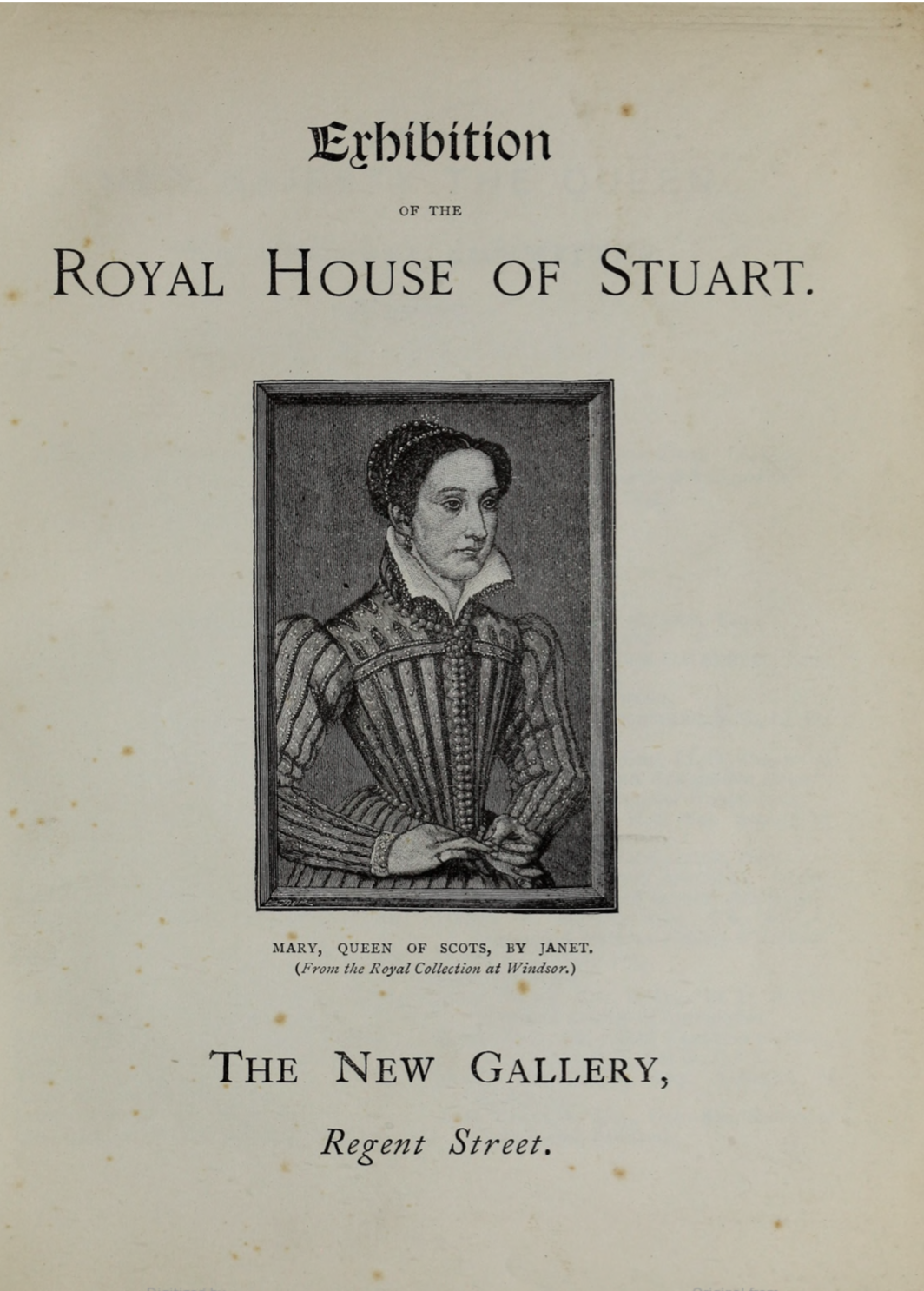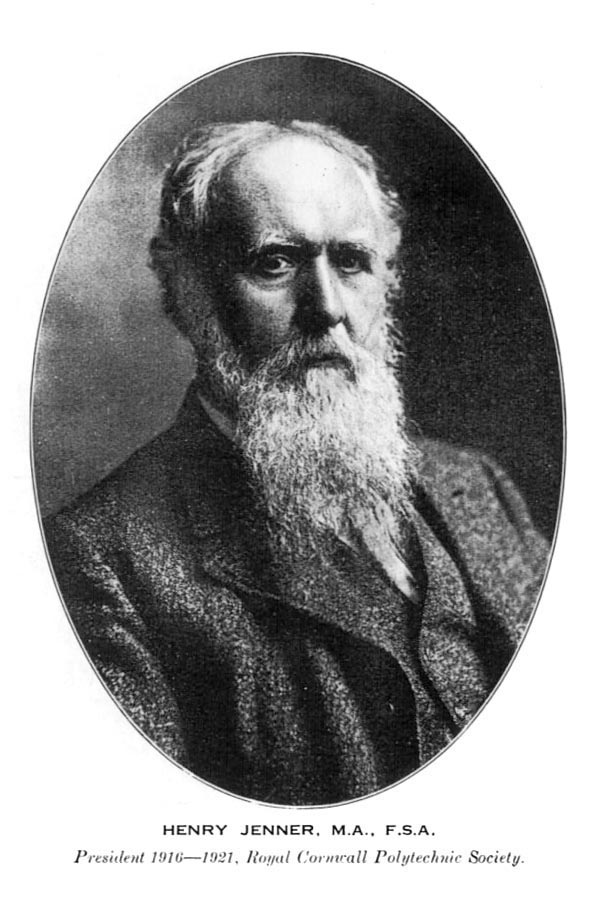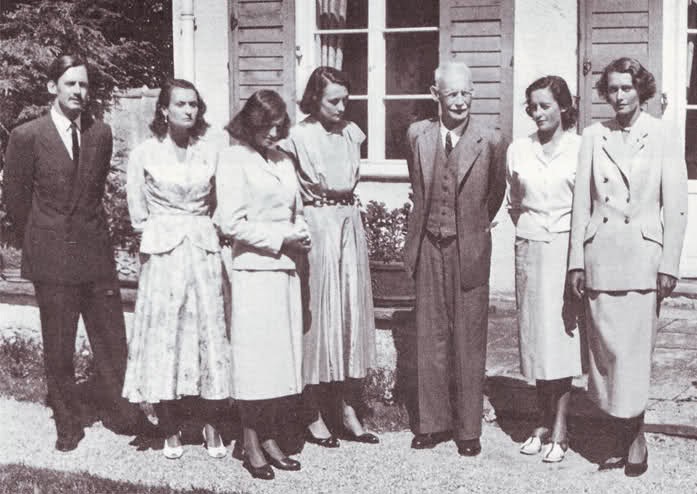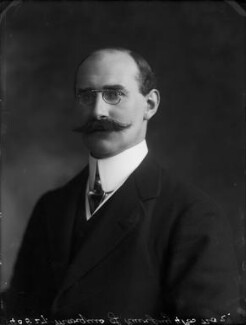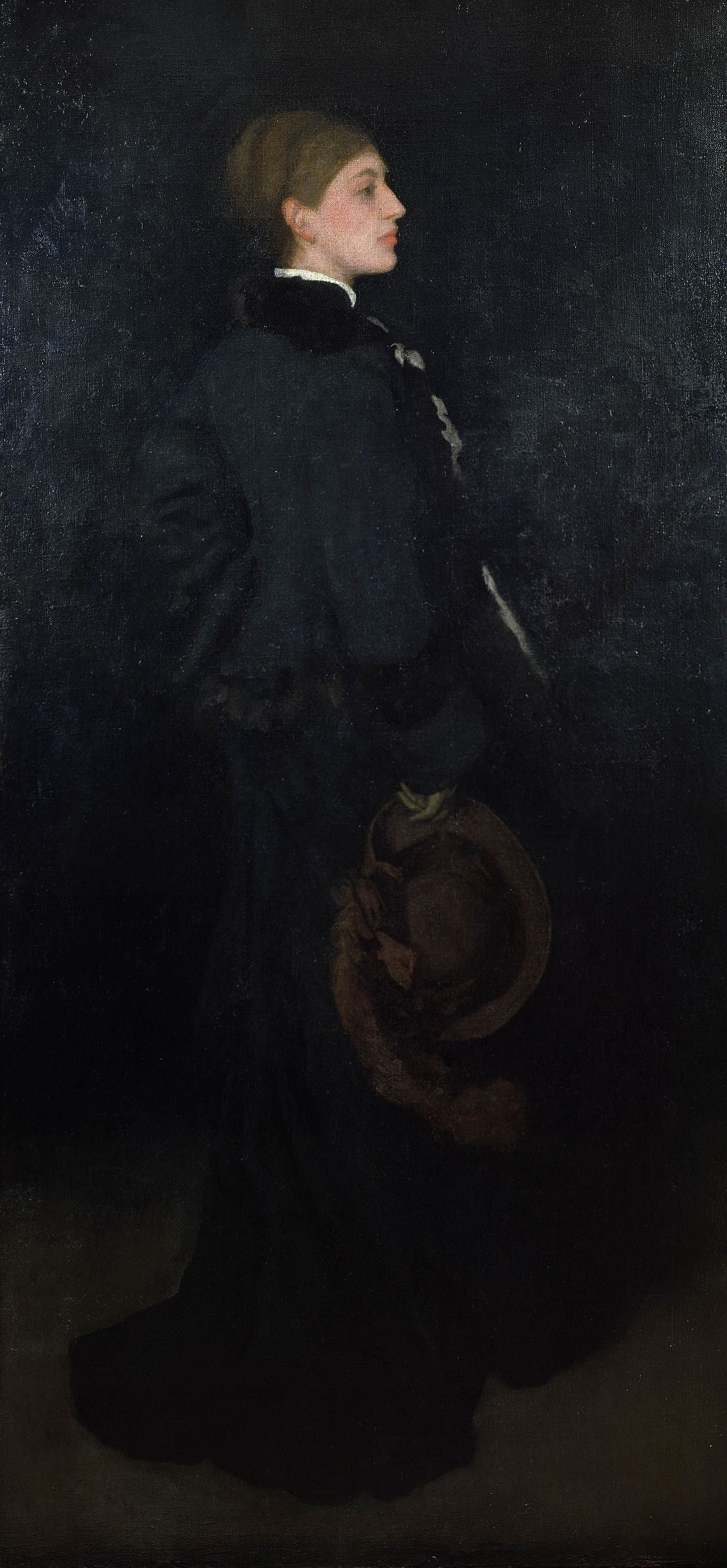|
Order Of The White Rose (1886–1915)
The Order of the White Rose was a Jacobite society founded in 1886 by Bertram Ashburnham, 5th Earl of Ashburnham, Bertram Ashburnham as a successor to the Cycle Club. The Order attracted many writers and artists and began the Neo-Jacobite Revival that flourished in the 1890s. The Order closed during the First World War, but in 1926 the Royal Stuart Society was formed to carry on its ideal and mission. History Jacobitism, Jacobites support restoration of the House of Stuart to the thrones of England, Scotland, and Ireland. Following the defeat of the Jacobite rising of 1745, Jacobitism was rigorously suppressed, and Jacobite sympathisers had to form secret clubs and societies to discuss their ideas in private. One prominent example was the "Cycle of the White Rose" usually known as the Cycle Club, which had been founded in 1710 by the Williams-Wynn baronets, Williams-Wynn family in North Wales. The Cycle Club continued to meet under the family's patronage until the 1860s. Formation ... [...More Info...] [...Related Items...] OR: [Wikipedia] [Google] [Baidu] |
Bertram Ashburnham, 5th Earl Of Ashburnham
Bertram Ashburnham, 5th Earl of Ashburnham (28 October 1840 – 15 January 1913) was a British peer. He was the English agent for the Spanish Carlist cause, and a supporter of Irish Home Rule. He sold off the Ashburnham collection of manuscripts which the 4th Earl had collected. Early life and family Bertram Ashburnham was born on 26 October 1840, the eldest son of Bertram Ashburnham, 4th Earl of Ashburnham. He was educated at Westminster School and in France. He was a convert to Roman Catholicism, and was formally received into the Church in 1872. On the death of his father in 1878, he became the 5th Earl of Ashburnham, Viscount St. Asaph and Baron Ashburnham, and inherited the family property of about 24,000 acres in England and Wales, including the main family seat of Ashburnham Place in Sussex. In 1888 he married Emily Chapman, whose father was a tradesman. Their only child, Lady Mary Catherine Charlotte Ashburnham, was born in 1890. His wife died on 12 February 1900. His da ... [...More Info...] [...Related Items...] OR: [Wikipedia] [Google] [Baidu] |
Henry Jenner
Henry Jenner (8 August 1848 – 8 May 1934) was a British scholar of the Celtic languages, a Cornish cultural activist, and the chief originator of the Cornish language revival. Jenner was born at St Columb Major on 8 August 1848. He was the son of Henry Lascelles Jenner, who was one of two curates to the Rector of St. Columb Major, and later consecrated though not enthroned as the first Bishop of Dunedin and the grandson of Herbert Jenner-Fust. In 1869 Jenner became a clerk in the Probate Division of the High Court and two years later was nominated by the Primate at Canterbury for a post in the Department of Ancient Manuscripts in the British Museum, his father then being the Rector of Wingham, a small village near Canterbury. In 1904, he successfully campaigned for Cornwall to join the Celtic Congress. He jointly founded the Old Cornwall Society at St Ives in 1920 and in 1928 he was a joint founder of the Cornish Gorsedh. Work with the Cornish language His earliest int ... [...More Info...] [...Related Items...] OR: [Wikipedia] [Google] [Baidu] |
Rupprecht, Crown Prince Of Bavaria
Rupprecht, Crown Prince of Bavaria, Duke of Bavaria, Franconia and in Swabia, Count Palatine by (the) Rhine (''Rupprecht Maria Luitpold Ferdinand''; English: ''Robert Maria Leopold Ferdinand''; 18 May 1869 – 2 August 1955), was the last heir apparent to the Bavarian throne. During the first half of the First World War he commanded the 6th Army on the Western Front. From August 1916, he commanded Army Group Rupprecht of Bavaria, which occupied the sector of the front opposite the British Expeditionary Force. Childhood Rupprecht was born in Munich, the eldest of the thirteen children of Ludwig III, the last King of Bavaria, and of Archduchess Maria Theresa of Austria-Este, a niece of Duke Francis V of Modena. He was a member of the lineage of both Louis XIV of France and William the Conqueror. As a direct descendant of Henrietta of England, daughter of Charles I of England, he was claimant to the thrones of England, Scotland and Ireland in the Jacobite succession. His e ... [...More Info...] [...Related Items...] OR: [Wikipedia] [Google] [Baidu] |
Sebastian Evans
Sebastian Evans (2 March 1830 – 19 December 1909) was an English journalist and political activist, known also as a man of letters and an artist. He helped to form the National Union of Conservative Associations. Life Born on 2 March 1830 at Market Bosworth, Leicestershire, he was the youngest son of Arthur Benoni Evans by his wife Anne, daughter of Captain Thomas Dickinson, R.N. Sir John Evans was his elder brother and the poet Anne Evans his elder sister. After early education under his father at the Market Bosworth grammar school, he won a scholarship in 1849 at Emmanuel College, Cambridge, graduating B.A. in 1853 and proceeding M.A. in 1857. On leaving university, Evans became a student at Lincoln's Inn on 29 January 1855, but was shortly appointed secretary of the Indian Reform Association, and in that capacity was the first man in England to receive news of the Indian Rebellion of 1857. That year he resigned the secretaryship and turned a talent for drawing to use, ... [...More Info...] [...Related Items...] OR: [Wikipedia] [Google] [Baidu] |
Scottish Nationalism
Scottish nationalism promotes the idea that the Scottish people form a cohesive nation and national identity. Scottish nationalism began to shape from 1853 with the National Association for the Vindication of Scottish Rights, progressing into the Scottish National Movement in the 1920s maturing by the 1970s and achieved present ideological maturity in the 1980s and 1990s. The nation's origin, political context and unique characteristics including the Gaelic language, poetry and film maintains an individual's distinct identification and support of Scotland. Origins Scottish Nationalism, the concept of Scotland as an individual Nation state became prominent within Scotland in the Middle Ages. During the Anglo-Scottish Wars, the campaign led by Scotland was to obtain Scottish independence as a separate sovereign state. The campaign was successful, and following the Declaration of Arbroath, a formal letter sent to Pope John XXII, Scotland, and the nation's individual identity w ... [...More Info...] [...Related Items...] OR: [Wikipedia] [Google] [Baidu] |
Legitimist Jacobite League Of Great Britain And Ireland
The Legitimist Jacobite League of Great Britain and Ireland was a Jacobite society founded in 1891 by Herbert Vivian, Melville Henry Massue and Ruaraidh Erskine following a split from the earlier Order of the White Rose. The League was considered one of the key groups in the Neo-Jacobite Revival of the 1890s. History The Jacobite Underground before 1860 Jacobites support restoration of the House of Stuart to the thrones of England, Scotland, and Ireland. Following the defeat of the Jacobite rising of 1745, Jacobitism was rigorously suppressed throughout Britain, and Jacobite sympathisers went underground, forming secret clubs and societies to discuss their ideas in private. One prominent example was the "Cycle of the White Rose" usually known as the Cycle Club, which had been founded in 1710 by the Williams-Wynn family in North Wales. The Cycle Club continued to meet under the family's patronage until the 1860s. The Order of the White Rose In 1886, Bertram Ashburnham ci ... [...More Info...] [...Related Items...] OR: [Wikipedia] [Google] [Baidu] |
Herbert Vivian
Herbert Vivian (3 April 1865 – 18 April 1940) was an English journalist, author and newspaper owner, who befriended Lord Randolph Churchill, Charles Russell, Leopold Maxse and others in the 1880s. He campaigned for Irish Home Rule and was private secretary to Wilfrid Blunt, poet and writer, who stood in the 1888 Deptford by-election. Vivian's writings caused a rift between Oscar Wilde and James NcNeil Whistler. In the 1890s, Vivian was a leader of the Neo-Jacobite Revival, a monarchist movement keen to restore a Stuart to the British throne and replace the parliamentary system. Before the First World War he was friends with Winston Churchill and was the first journalist to interview him. Vivian lost as Liberal candidate for Deptford in 1906. As an extreme monarchist throughout his life, he became in the 1920s a supporter of fascism. His several books included the novel ''The Green Bay Tree'' with William Henry Wilkins. He was a noted Serbophile; his writings on the Balkans ... [...More Info...] [...Related Items...] OR: [Wikipedia] [Google] [Baidu] |
Andrew Lang
Andrew Lang (31 March 1844 – 20 July 1912) was a Scottish poet, novelist, literary critic, and contributor to the field of anthropology. He is best known as a collector of folk and fairy tales. The Andrew Lang lectures at the University of St Andrews are named after him. Biography Lang was born in 1844 in Selkirk, Scottish Borders. He was the eldest of the eight children born to John Lang, the town clerk of Selkirk, and his wife Jane Plenderleath Sellar, who was the daughter of Patrick Sellar, factor to the first Duke of Sutherland. On 17 April 1875, he married Leonora Blanche Alleyne, youngest daughter of C. T. Alleyne of Clifton and Barbados. She was (or should have been) variously credited as author, collaborator, or translator of '' Lang's Color/Rainbow Fairy Books'' which he edited. He was educated at Selkirk Grammar School, Loretto School, and the Edinburgh Academy, as well as the University of St Andrews and Balliol College, Oxford, where he took a first ... [...More Info...] [...Related Items...] OR: [Wikipedia] [Google] [Baidu] |
Ruaraidh Erskine
Ruaraidh Erskine of Marr (15 January 1869 – 5 January 1960) (Scottish Gaelic: Ruaraidh Arascain is Mhàirr) was a Scottish nationalist political activist, writer and Scottish Gaelic language revival campaigner. Early life Ruaraidh Erskine was born ''The Honourable Stuart Richard Joseph Erskine'' at 1 Portland Place, Brighton, East Sussex, England on 15 January 1869. He was the third of the four children born to William Macnaghten Erskine, 5th Baron Erskine (1841–1913), an army officer, and his wife, Caroline Alice Martha Grimble. The family were descendants of the Erskine Earls of Buchan. Derick S. Thomson, ‘Erskine, Stuart Richard (1869–1960)’, Oxford Dictionary of National Biography, Oxford University Press, Oct 2009; online edn, Sept 2010 Erskine claimed that he learned to speak |
Charles Augustus Howell
Charles Augustus Howell (10 March 1840 – 21 April 1890) was an art dealer and alleged blackmailer who is best known for persuading the poet Dante Gabriel Rossetti to dig up the poems he buried with his wife Elizabeth Siddal. His reputation as a blackmailer inspired Arthur Conan Doyle's Sherlock Holmes story "The Adventure of Charles Augustus Milverton".Basbenes, Nicholas A. '' A Gentle Madness: Bibliophiles, Bibliomanes, and the Eternal Passion for Books'', p.15-16." Life Howell was born in Porto, Portugal to an English father, Alfred William Hervey Howell, and a Portuguese mother. He claimed to have aristocratic Portuguese ancestry and would wear a red ribbon of the Portuguese Order of Christ, which he proclaimed to be an inherited family order.G. G. Williamson, ''Murray Marks and His Friends'', p.118 He moved to Britain in his youth, allegedly after having been caught cheating at cards.Samuel C. Chew, ''Swinburne'', Little, Brown, and Company, Boston: 1929, p.67. In 1858 ... [...More Info...] [...Related Items...] OR: [Wikipedia] [Google] [Baidu] |
Robert Edward Francillon
Robert Edward Francillon (1841–1919) was an English journalist and author. He was active in newspapers and periodicals the later decades of the 19th century and rose to be managing editor of '' The Globe''. Life and career Francillon trained as a barrister but turned to journalism. He was at various times a contributor to ''Blackwood's Magazine'' and an editor of ''Tatler''. He contributed for many years to the Christmas numbers of ''The Gentleman's Magazine'', and sold many short stories to newspapers. (Most of those that were published in Australia can be read on-line thanks to the Trove service of the National Library of Australia.) His novel ''Jack Doyle's Daughter'' lets a Lincolnshire gentleman loose in Bohemian London. It has been called an "incoherent" tale involving an "heiress with six possible fathers". Francillon's review "George Eliot's First Romance (1876)" defends ''Daniel Deronda'' from early critics. He notes that as a romance it differs in kind from ''Adam Bede ... [...More Info...] [...Related Items...] OR: [Wikipedia] [Google] [Baidu] |
James Abbott McNeill Whistler
James Abbott McNeill Whistler (; July 10, 1834July 17, 1903) was an American painter active during the American Gilded Age and based primarily in the United Kingdom. He eschewed sentimentality and moral allusion in painting and was a leading proponent of the credo "art for art's sake". His signature for his paintings took the shape of a stylized butterfly possessing a long stinger for a tail. The symbol combined both aspects of his personality: his art is marked by a subtle delicacy, while his public persona was combative. He found a parallel between painting and music, and entitled many of his paintings "arrangements", "harmonies", and "nocturnes", emphasizing the primacy of tonal harmony. His most famous painting, ''Arrangement in Grey and Black No. 1'' (1871), commonly known as ''Whistler's Mother'', is a revered and often parodied portrait of motherhood. Whistler influenced the art world and the broader culture of his time with his theories and his friendships with other lea ... [...More Info...] [...Related Items...] OR: [Wikipedia] [Google] [Baidu] |
